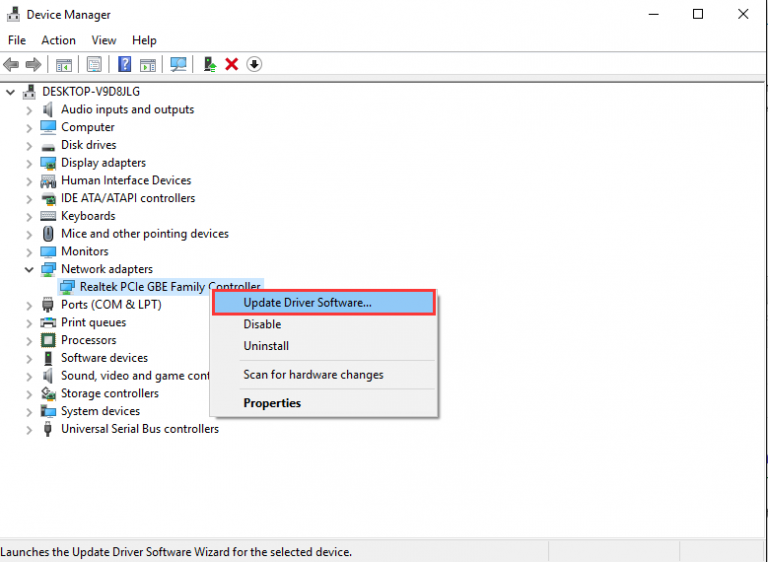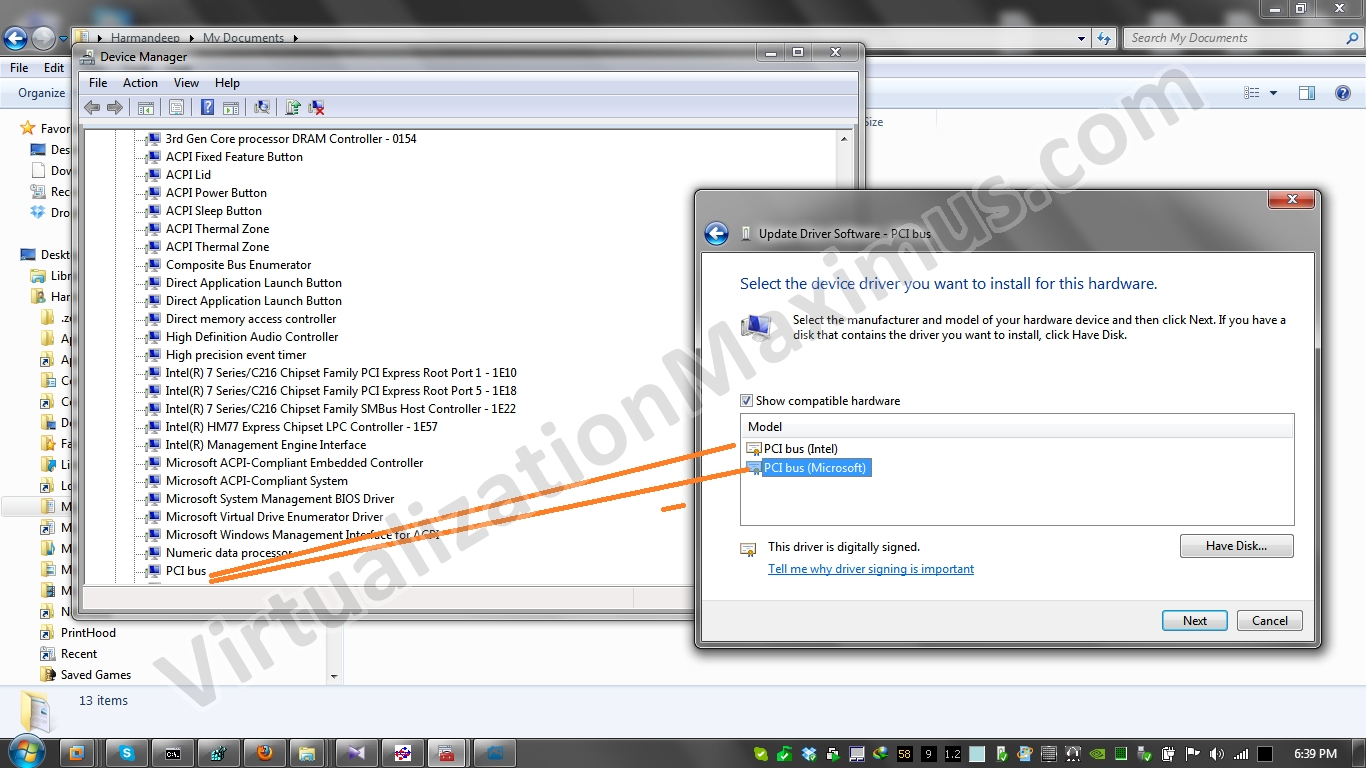

This robust NVMe SSD functionality allows a seamless transition to NVMe storage while limiting the downtime of critical infrastructure. The VMD resides in the processor's PCIe root complex and it appears to the OS as a root bus integrated endpoint.Intel® VMD is an Intel® Xeon® Scalable processor feature that enables direct control and management of NVMe SSDs from the PCIe bus without additional hardware adaptors. A Volume Management Device (VMD) exposes a single device to the operating system, which will load a single storage driver. is heather childers still on newsmax Intel Volume Management technology requires support in BIOS and driver, memory and configuration space management. On the screen as shown in Figure 4-3, select Intel® VMD technology, . nakapila ka ba in english For more information, see H3C Servers Storage Controllers Technical Specifications. NVMe SSDs are directly connected to the CPU, allowing the full performance potential of fast storage devices, such as Intel® Optane™ SSDs, to be realized. Hopefully, when people install Optane they will see this.Intel® VROC is enabled by a feature in Intel® Xeon® Scalable processors called Intel® Volume Management Device (Intel® VMD), an integrated controller inside the CPU PCIe root complex. In other word, if VMD is ON then you will need to reinstall.

As if it is off, Windows won't see any drive available at all. Before all that, make sure that VMD is ON on bios. Reinstall the OS, restore your settings, your applications and your data files.Copy the driver (inf) to the USB Windows ISO and sideload it when install Windows. Until Intel is willing to develop a working uninstaller, the method below will work. rowlets final evolution When the disk repair is complete, you will find that the drivers are gone but Intel RST is still installed. If the above method can’t resolve the problem, you can refer to Disable Intel Volume Management Device ( VMD) technology to finish the Windows installation process. After the driver installation is completed, the drives will appear normally. Select ⑦, then select ⑧ to install the driver. Each CPU has 3 VMD domains that manages 16 PCIe lanes (total 48 lanes. This feature will seem similar to VROC (Virtual RAID On CPU), which debuted with the Core X series and X299 chipset, but VMD is what actually enables VROC. The Intel® Xeon Scalable series processors based on Skylake-SP feature a new Volume Management Device (VMD) built-in.


 0 kommentar(er)
0 kommentar(er)
